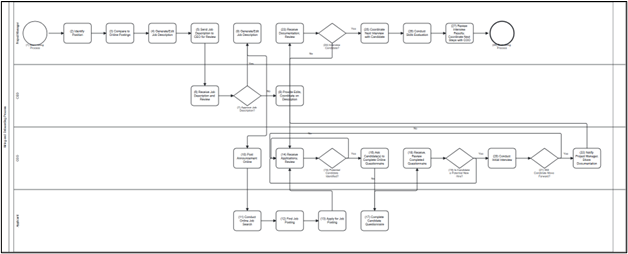
Process modeling software plays a critical role in helping process improvement professionals visualize, analyze, and improve their enterprise business operations. The value of these tools greatly depends on who built them.

Process modeling tools developed by experts in process improvement—such as Lean Six Sigma practitioners, business analysts, or operational efficiency consultants—reflect a deep understanding of how real-world processes function and where they typically fail. These experts incorporate features that support not only diagram creation but also the practical analysis of process flow, waste identification, bottleneck detection, and continuous improvement strategies.
These experts know the importance of capturing the current state versus the future state, the nuances of subprocess integration, and the application of methodologies like SIPOC, value stream mapping, and root cause analysis. Tools developed by process professionals go beyond just diagramming; they prioritize usability, leverage previous experience, and follow industry’s best practices to facilitate team collaboration, stakeholder engagement, and implementation planning.
In contrast, process modeling tools designed solely by software developers—without input from process improvement professionals—often emphasize graphical features, data architecture, or generic user interface design over practical functionality. These tools may allow users to build diagrams but often lack the nuance or features needed to support effective process optimization.
Today’s AI tools allow software development to take place in a vacuum, causing it to fail to align with established process methodologies or industry-specific needs. While software developers bring essential technical expertise, they typically do not have the operational insight to design tools that intuitively serve frontline improvement teams or align with strategic business transformation efforts.
The absence of process improvement expertise within software development can lead to applications that unintentionally reinforce poor practices—such as focusing on superficial process documentation rather than root cause analysis or measurable outcomes. When tools are built by developers working closely with process experts, the result is software that acts not just as a diagramming platform but as a decision-support tool—helping organizations accurately model processes, forecast performance, and validate changes before implementation.
Ultimately, the difference is strategic. Tools built by process experts empower users to achieve meaningful improvements in efficiency, quality, and service. They are shaped by a practical understanding of process improvement tools and techniques. For organizations that are serious about operational excellence, selecting a process modeling tool built by seasoned process improvement professionals is not a luxury—it is a necessity for achieving real, measurable results.
AI Process Mapper is built by process professionals – www.aiprocessmapper.com.
